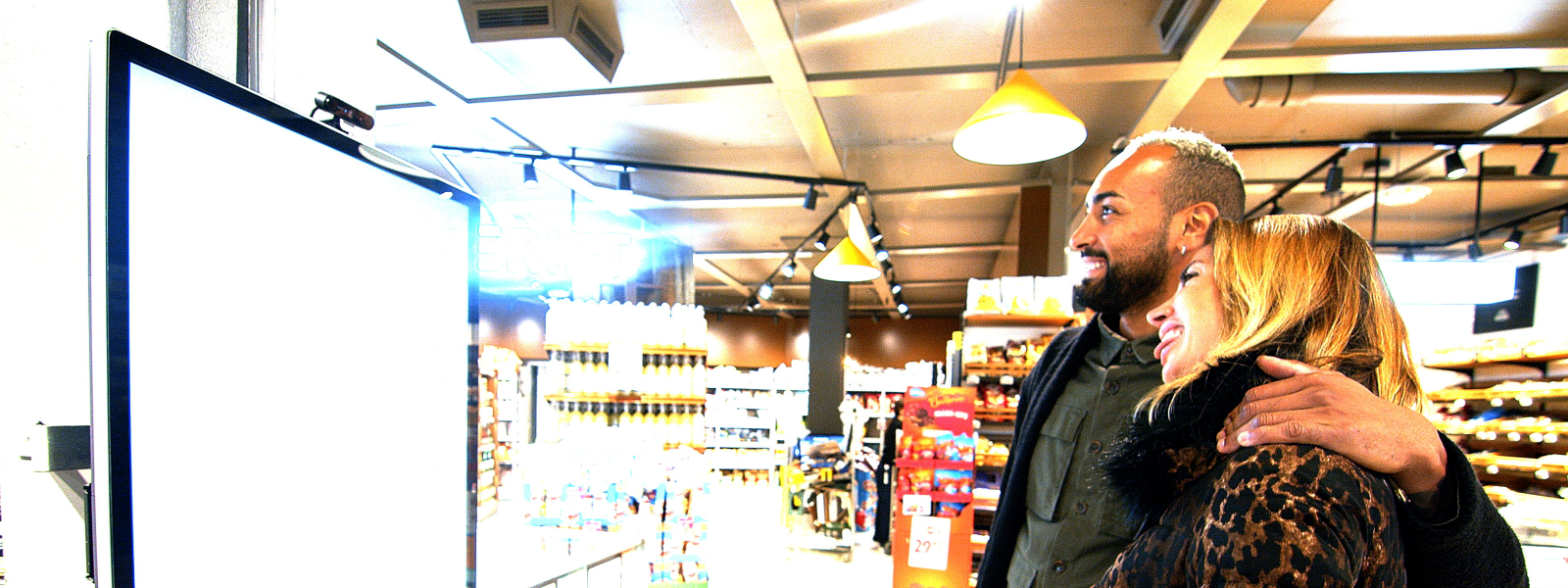
Empowering retailers with tools to improve the customer journey
Retailers are under huge pressure to change the way they operate. New technology, combined with the effects of the worldwide COVID pandemic has led to changes in the way customers expect to engage with physical stores.
Time to consume: 10 min
11 Nov 2020
Integrated online shopping and options such as curbside pickup have already had widespread effects on customer behavior. However, to entice customers back into stores, retailers need to find innovative ways to transform the in-store customer journey.
To address this need, retailers need a homogenous digital infrastructure that connects all the stages of the customer journey via a single platform. Instead of having multiple disconnected systems that require separate logins and individual maintenance, retailers must have the ability to track customers from beginning to end. We developed ITAB Cloud Platform, a flexible, modular retail technology platform that incorporates many different applications and can be adapted for a wide variety of purposes. This reduces costs, reduces data errors, and provides an end-to-end overview that facilitates valuable business analytics.
Björn Ström, Chief Experience Officer, Ombori Group
Retailers are under huge pressure to change the way they operate. New technology, combined with the effects of the worldwide COVID pandemic has led to changes in the way customers expect to engage with physical stores. Integrated online shopping and options such as curbside pickup have already had widespread effects on customer behavior. However, to entice customers back into stores, retailers need to find innovative ways to transform the in-store customer journey.
Three components
- The first component is the customer’s mobile phone. Since they’re already likely to be using their phones while shopping, it makes sense to integrate that into the customer journey.
- The second component is the humble QR code. This offers a simple, ubiquitous way for customers to interact with stores throughout their visit. Since QR technology is built into most modern phones, QR usage is becoming increasingly popular with consumers of all ages throughout the world.
- The third component is a suite of interactive digital devices positioned in various locations throughout the store, each fulfilling different customer needs. These can be controlled by touch, by voice, or by the customer’s phone. They are all connected to a central data store so that content can be remotely updated from anywhere and customers can move seamlessly between different stations as they move through the store.
From the moment they arrive at the store until the moment they leave, these digital touchpoints make the customer journey smoother, faster, and more enjoyable. As an added benefit, the service efficiencies from delegating tasks to digital devices free staff for other roles and reduce operational costs.
ICA is the second largest retail company in the Nordic countries, with over 1900 stores and pharmacies. We developed a solution for them that offers the stores many innovative ways for customers to engage with them and provide an improved customer experience. It includes the following touchpoints.
Arrival
An occupancy control system ensures the store complies with restrictions on the number of people on the premises. If the store is full, they do not have to wait in line outside. They can use a QR code to join a virtual queue and will receive a notification on their phone when they reach the head of the queue. Watch the video
Check out
Customers can complete their purchases at a manned or self-checkout station, and pay with their credit card or phone. The checkout process includes additional promotional material as well as information on home delivery, other services, and upcoming events.
While all these applications work as stand-alone solutions to specific needs, they become exponentially more powerful when they are combined. By integrating all these diverse elements to create an end-to-end experience, retailers can increase digital engagement, increase conversions and sales, and transform the customer experience.
Peter Dinehage, the store owner of ICA Roslagstull, is enthusiastic about the new system.
“Our objective was to create a next-gen grocery shopping experience by bringing part of the online experience into the physical store. We’re already seeing positive reactions from customers. They’re having fun taking selfies and getting inspiration for things to buy, and that’s encouraging them to come back to the store instead of just ordering a delivery.”




